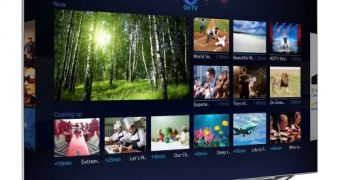Light emitting diodes (LED) were a luxury a few years ago, but they have since disposed of this disadvantage, which is why cold cathode fluorescent lights have been steadily drifting away.
CCFL was the technology used in most monitors and TVs, both because of their price and the fact that they didn't have any viewing angle problems.
While LED LCD TVs of today have mostly surpassed the issue, older ones didn't exactly cast their light in every direction, making it hard to actually see the images on the screen properly if one wasn't sitting right in front of it.
The problem never really lied with the LEDs themselves, but with the way they were arranged and the display thickness, among other things.
But we digress. The point is that LED TVs no longer have the disadvantages they used to: they have good visibility and aren't much more expensive than CCFL.
In fact, an LED TV is only around 8% more expensive than a CCFL-backlit model, which is more than offset by the energy efficiency and lifespan.
For the sake of comparison, the difference was of around 20% about a year ago. Due to all this, certain parties believe, 90% of all TVs shipped in 2013 will be LED-backlit.
Then again, it isn't as though the industry is giving people much of a choice. Many high-profile display manufacturers have chosen to quit making CCFL displays altogether, Samsung among them.
On a related note, direct-lit LED TVs will be getting much thinner than before. Some will have a depth of just 3 cm / 1.18 inches.
Now we just have to wait and see how many years pass before OLED catches up and becomes a viable replacement for LED-lot LCDs. Given the IT industry's history, it is a sure thing that someone will eventually invent an affordable method of manufacturing organic LEDs and screens from them.

 14 DAY TRIAL //
14 DAY TRIAL //